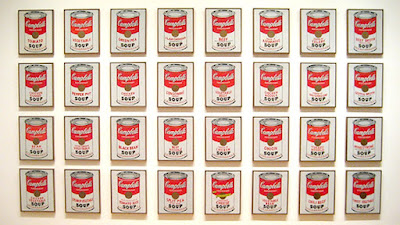I was flipping through one of
Heston Blumenthal's books where he was talking about the perfect Pasta Bolognese. There were loads on the perfect sauce, but he also discussed the perfect pasta.
Apparently, (and this is backed up by my
extensive research - Iron Chef on TV had similar information) all freshly made pasta needs to be dried. This gives the pasta more body and bite, and helps it 'stand its ground' when there's sauce added.
So I decided to experiment.
First, the basic fresh pasta recipe:
6 egg yolks (or three eggs. Not the perfect outcome, but acceptable for everyday food)
2 cups (300g) strong superfine flour (plain flour's fine, you just have to knead it more)
Mix the egg yolks in with the flour. You can do this in a food processor till there's a course crumb, or by hand in a bowl. Once it comes together, tip it out onto a clean counter top an knead till the dough is smooth and elastic. Wrap the dough in cling and leave to rest for 1/2-1 hr.
*On a side note, if the dough is too dry, add more egg. It all depends on the size of the egg you're using.*
Next comes the fun part. Section the dough into 100g balls. I use a pasta machine to roll it out, but you can do it by hand if you want (it's quite a bit of grunt work though). If you're using a pasta machine, feed the dough through the machine on the widest setting once, then fold it over and feed it through the machine again. Do this a couple of times. After that, keep moving setting thinner till you get a sheet that you can see newsprint through.
Put the sheet through the pasta-cutting-roller-thing, so you get your linguine/fettuccine/etc.
Oh, and always remember to keep your dough lightly floured! Otherwise you're going to end up with a sticky mess.
There are two main ways of drying out pasta. The first is the hanging method.
Get a clean rack and drape your carefully rolled out pasta over it. I'm using a plastic bath towel rack with suction cups, but any rack should do the trick as long as it will take the weight and you can clean it properly. The pasta strands are not supposed to touch, or mould will form. (I know I've got some that are touching - they were fine, but just try your best)
Drying time will depend on the climate you're in. In Heston's book, it's mentioned that low heat and low humidity work well, and I can safely say that it's the case for me. The pasta was completely dry (as in, stiff-as-a-board dry) in a couple of hours.
The second method is the nest method. This was a bit tricky.
Ok, so mine's not so much a nest as it is a heap. You're supposed to roll it into a nest shape and dry on a rack. For some reason mine just kept rearranging itself into heap formation. Either way, it seems to me that this produces a more semi-dry pasta, as opposed to the fully-dry hanging one.
The other thing that's mentioned in Heston's book is the cooking of said pasta. Apparently the holy ratio of pasta cooking is 10:100:1000. That is, 10g of salt, 100g of pasta, 1000g (1L) of water. Bring the salted water to the boil and add the pasta. Check after 5 minutes whether it's cooked, and then a couple of minutes after that if it isn't. The fully-dried pasta takes longer to cook.
The verdict? The thick fully dried pasta suits a meatier sauce, and the thinner fully dried one suits a simpler sauce or an Aglio e Olio type dish. The semi-dried one tasted a lot eggier, and I'm thinking that it's more compatible with a cream-based sauce.
The fresh pasta was certainly worth the effort, it tasted like it had character of it's own, rather than just the carbohydrate component to a dish. I would strongly recommend trying it. =)
Happy munching!
Labels: Dinner, Ingredients, recipes






